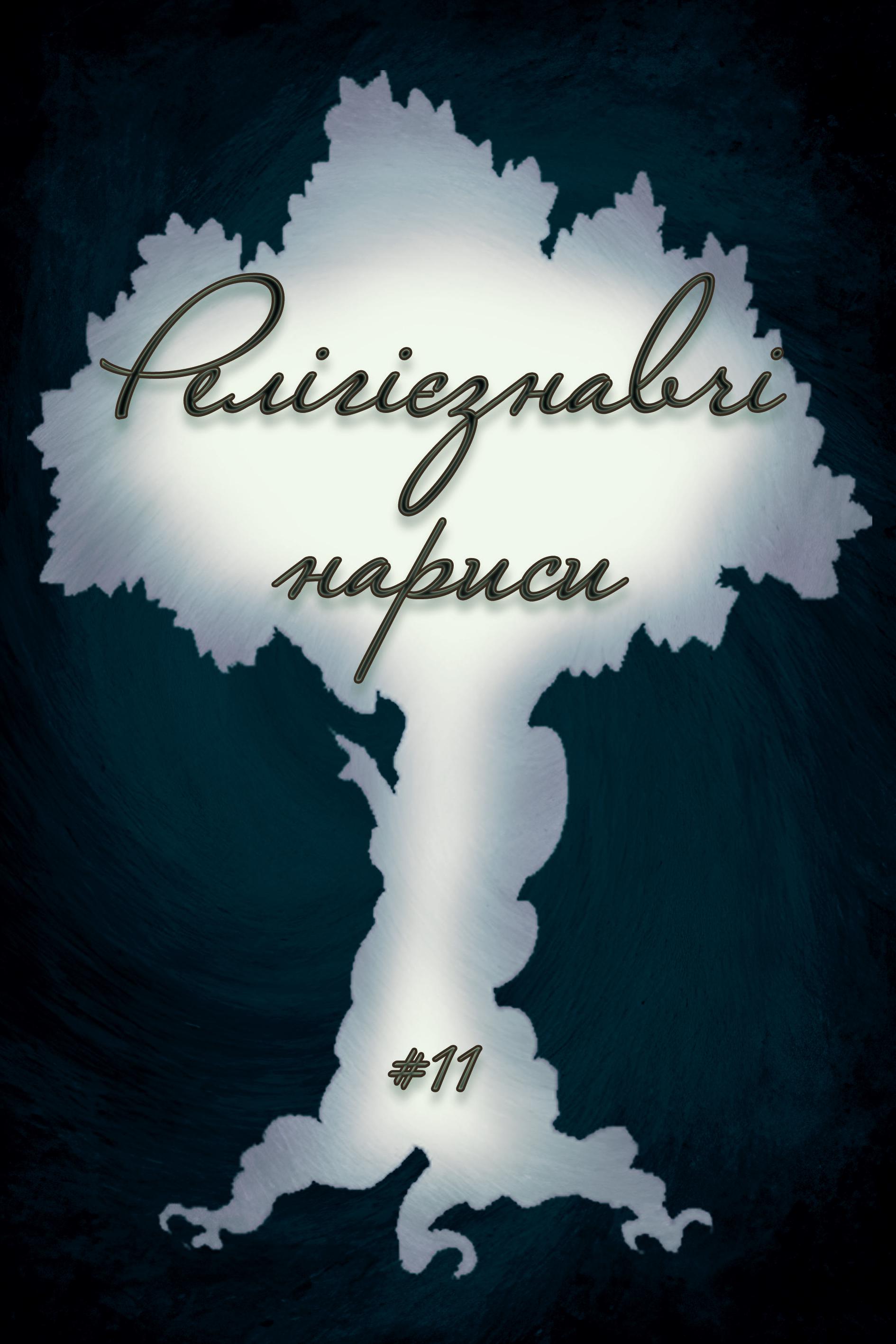Modes of Magicity in British Literature
DOI:
https://doi.org/10.71294/ers.2021.01Keywords:
magic, British literature, modes of magicity, magic story.Abstract
Abstract. The article examines the representation and evolution of Western European ideas of the magical in modern and postmodern British literature and the influence of this process on the development of genres. Three main “modes of magicity” can be identified: (learned) Magic, Witchcraft, and Faërie, which took their final shape during the Renaissance and were subject to transformation in subsequent periods. These modes produce particular types of “magic story”, which is defined as a type of narrative whose events require the use of magic or its imitations, which find their realization in literary works (including drama).
References
Briggs, K. (1978), An Encyclopedia of Fairies: Hobgoblins, Brownies, Bogies, & Other Supernatural Creatures (First American Edition), Pantheon Books, New York, NY.
Borchardt, F.L. (1990), “The Magus as Renaissance Man”, Sixteenth Century Journal, Vol. 21 No. 1, pp. 57–76.
Cheak, A. (2004), “Magic through the Linguistic Lenses of Greek mágos, Indo-European mag(h)-, Sanskrit maya and Pharaonic Egyptian heka”, Journal for the Academic Study of Magic, No. 2, pp. 260–286.
Clute, J. and Grant, J. (Ed.s) (1997), The Encyclopaedia of Fantasy, Orbit Books, London.
Collins, D.J. (Ed.) (2015), The Cambridge History of Magic and Witchcraft in the West from Antiquity to Present, Cambridge University Press, Cambridge.
Faivre, A. (2010), Western Esotericism: A Concise History, SUNY Press, New York, NY.
Frazer, J.G. (2009), The Golden Bough: A Study of Magic and Religion (First published in 1890), The Floating Press Ltd., Auckland.
Graça da Silva, S. and Tehrani, J.J. (2016), “Comparative phylogenetic analyses uncover the ancient roots of Indo-European”, The Royal Society Publishing [online], available at: http://rsos.royalsocietypublishing.org/content/3/1/150645 (accessed 23 December 2021).
Gilbert, R.A., Jolly, K.-L. and Middleton, J.F.M. (2016), “Magic. Supernatural phenomenon”, Encyclopædia Britannica [online], available at: www.britannica.com/topic/magic-supernatural-phenomenon (accessed 23 December 2021).
Hanegraaff, W.J. (Ed.) (2013), Western Esotericism: A Guide for the Perplexed, Bloomsbury, London, New Delhi, New York, and Sydney.
Lewis, C.S. (1954), English Literature in the Sixteenth Century, Excluding Drama, Clarendon Press, Oxford.
Lewis, I.M. and Russell, J.B. (2022), “Witchcraft”, Encyclopædia Britannica [online], available at: www.britannica.com/topic/witchcraft (accessed 23 December 2021).
Mebane, J.S. (1992), Renaissance Magic and the Return of the Golden Age: The Occult Tradition and Marlowe, Jonson, and Shakespeare, University of Nebraska Press, Lincoln, NE.
Otto, B.-Ch. and Stausberg, M. (Ed.s) (2013), Defining Magic: A Reader. Critical Categories in the Study of Religion, Equinox, Sheffield.
Tolkien, J.R.R. (1983), “On Fairy-Stories”, in The Monsters and the Critics and Other Essays, George Allen and Unwin, London, pp. 109–161.





